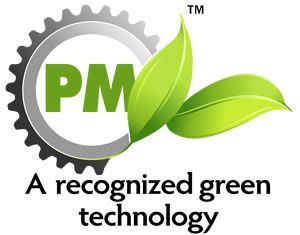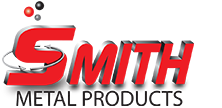How MIM Can Help the Medical Industry
Smith Metal Products stands as a premier manufacturer of metal injection molding (MIM) parts for the medical field out of Center City, MN. Our advanced MIM capabilities enable the creation of complex, high-strength components with superior surface finishes for medical practices. Partnering with us ensures your parts are manufactured by industry experts, exclusively in America, leveraging over two decades of MIM expertise since 1997. Get in touch with our production team today! Click here.
Medical MIM Product Solutions
Smith Metal Products excels in manufacturing MIM components for various medical applications, including:
Medical Devices
Surgical Instruments: Ablation electrodes, endoscopic graspers & scissors, forceps, instrument bodies, scalpel handles.
Orthopedic Tools: Surgery tools, screws, spine implants & external fixation, trauma plates.
Minimally Invasive Surgical Tools: Precision instruments designed for less invasive surgical procedures.
Robotic Surgery Components:
High-precision parts for advanced robotic surgical systems.
Diagnostic Equipment:
Components for devices used in patient diagnosis and monitoring.
Commitment to Quality and Innovation in the Medical Field
Smith Metal Products is committed to maintaining the highest standards of quality and innovation, especially when it comes to medical equipment. We hold prestigious certifications, including ISO 13485, ITAR, and ISO 9001:2015, which affirm our dedication to producing components with exceptional precision, strength, and durability at competitive prices.
Get Started With Smith Metal Products
Ready to enhance your medical manufacturing process with precision-engineered MIM components? Submit your CAD file or drawings to Smith Metal Products, and our team will provide a detailed assessment of the MIM molding viability for your project. Trust our expertise to deliver innovative solutions tailored to your specific needs.
CONTACT DETAILS
Phone: (651) 257-3143
Email: sales@smithmetals.com
Address: 15045 Per Rd, Center City, MN 55012
CERTIFICATIONS
- ISO 9001
- ISO 13485
- FFL
- ITAR
 Write your caption hereButton
Write your caption hereButton Write your caption hereButton
Write your caption hereButton
CONTACT DETAILS
Phone: (651) 257-3143
Email: sales@smithmetals.com
Address: 15045 Per Rd, Center City, MN 55012
CERTIFICATIONS
- ISO 9001
- ISO 13485
- FFL
- ITAR
 Write your caption hereButton
Write your caption hereButton Write your caption hereButton
Write your caption hereButton
